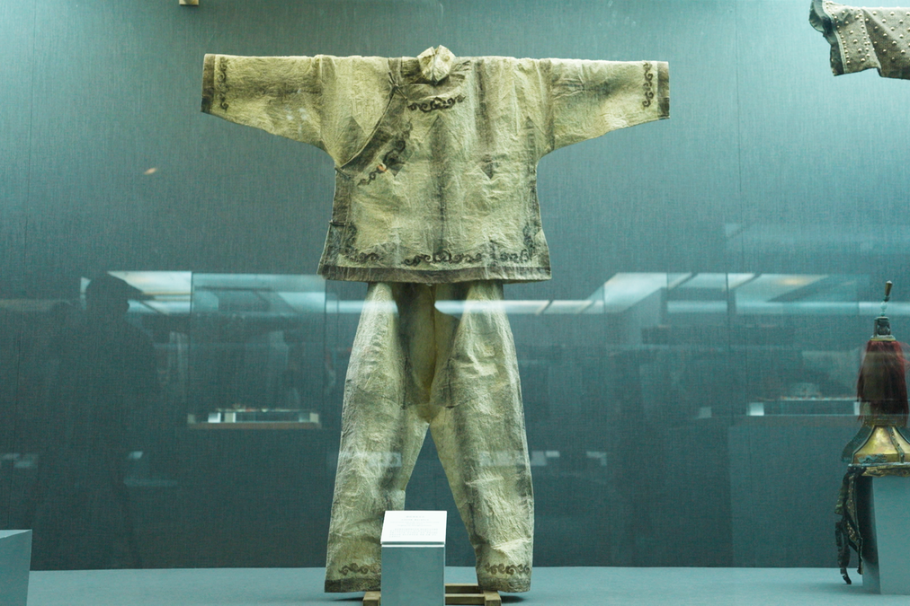Sands of time reveal secrets: Long-term work by Northwest University’s archaeologists in Central Asia helps trace stories of the ancient Silk Road
By Wang Ru and Wang Kaihao | chinadaily.com.cn | Updated: 2024-08-14 10:14
More than 2,000 years ago, on a mission of peace and to bolster exchanges, an envoy from the Han Dynasty (206 BC-AD 220) named Zhang Qian (164-114 BC) entered the heart of the Eurasian continent.
Embarking from the capital Chang’an--modern-day Xi’an in Shaanxi province--on his arduous and pioneering journey in 138 BC at the request of the then emperor, Zhang was in search of the Greater Yuezhi, a nomadic group that migrated from China to Central Asia during the Han Dynasty. His aim was to persuade the Greater Yuezhi to establish an alliance.
He finally reached the destination, and thanks to his diplomatic trek across Central Asia, the long, historic saga of the Silk Road began.
Centuries have passed since then, and sand and time have hidden much history. But for the past 15 years, Wang Jianxin, an archaeology professor at Northwest University in Xi’an, has been working on sites that may have played a part in long forgotten stories. Working with Central Asian counterparts, he and his team have gradually put together some of the jigsaw pieces scattered along the Silk Road, producing a new perspective on studies of its routes, and revealing cultural exchanges from past to present.
Central Asia was a core section on the ancient Silk Road. Since it is located in the middle of the Eurasian continent, it serves as an intermediary between Eastern and Western civilizations, and many different ethnic groups and cultures converge on the region.
Following in Zhang’s footprints, Wang and his team started by looking for the Greater Yuezhi, to clarify its history.
- Jilin's Qipao Hall preserves Manchu cultural tradition
- Hunan's Mawangdui Tombs provide massive bounty of artifacts
- Video: Fanning a resurgence in a cool identity
- Revival of Ancient Arts: Dong cloth inheritance thrives in women's hands
- Beijing Central Axis: A Building Ensemble Exhibiting the Ideal Order of the Chinese Capital
























